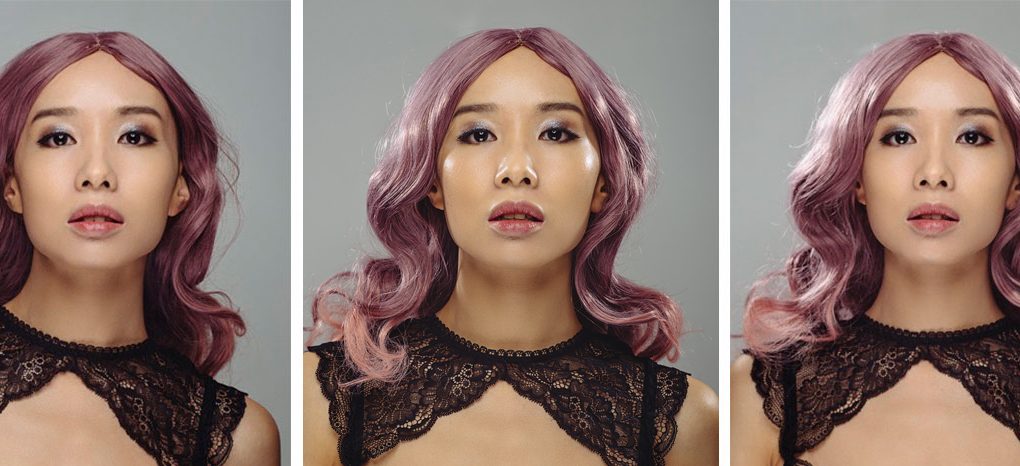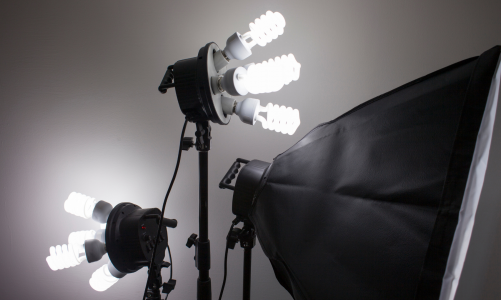When learning anything, mistakes form a huge chunk of the learning process. This fact has held true for a greater part of my career as a professional photographer, and without having these tips for great looking professional headshots at our disposal, I would have never had the opportunity to learn from them and improve my skills. Most of us who have been in the field for a long time learning the ropes of digital photography are aware that there are many avoidable mistakes beginners make. From experience gained over the years taking photos and analyzing beginner photographers’ works, here are some common mistakes that I have made in the past that can be avoided with a bit of prior knowledge.
Missing Focus
I have often noticed that most beginners tend to miss the focus when taking photos. This mistake is usually caused by overreliance on the camera’s autofocus feature, which at times focuses on the wrong part of the image. To avoid making this mistake, I often choose the focus point. Whenever I am doing some photography gigs, I make sure that the focus point is on the subject’s eyes.
Blurry Images
There are times I usually struggled with blurry images. I found it troubling, only to realize that this issue was largely caused by using slow shutter speeds. So I learned it the hard way that I could avoid this issue by adjusting the shutter speeds. The rule of the thumb is to choose the shutter speed based on the focal length of the lens. For instance, when using a 50 mm lens, I always make sure that the shutter speed is 1/50 of a second (0.002s).
Awkward Poses
Working with individuals who are not used to taking photos can be troubling, especially when trying to get that ‘perfect’ shot. Therefore, I can relate to this fact when I come across armature photos where the subject has taken an awkward pose. While it is possible to get some insights online and try them, most people do not feel comfortable trying them for the first time. So my advice to new photographers is to use poses as basic guidelines, and then engage their subjects and put them at ease.
Conflicting Background
It is easy to ruin a good shot by ignoring the background. In the past, there are times I took some decent shot only to realize that there was an object straight above the subject’s head. Having a tree growing from the head, for instance, can easily ruin a good photo. To avoid making this mistake, I always advise beginners not to overly focus on the subject’s appearance and the background to ensure that there are no distracting elements behind that could potentially shift the subject’s attention.
Confused Composition
I took some time before I could realize how to arrange different elements in my camera’s frame. While there are times when I luckily got it right, it took me some time before I could be able to do away with the confusion intentionally. My advice to upcoming photographers who might be struggling with this problem is to start by understanding the convectional “rule of thirds.” The good thing about photography is that photos can always be cropped to fit the rule of thirds.
Too Much Processing
Post-processing is an essential process in digital photography – it can sharpen blurry pictures up to the point where you wouldn’t know they had originally been blurry, add much needed brightness and warmth to images, and so much more. However, in my learning exploits, I found myself too excited and overdoing it. This is a common issue among beginners, who end up with seemingly unrealistic images. I soon realized that the key to avoiding being labeled the “overzealous processor” is to go slow. I always made sure that I have both black and white points in my images to avoid this mistake.




